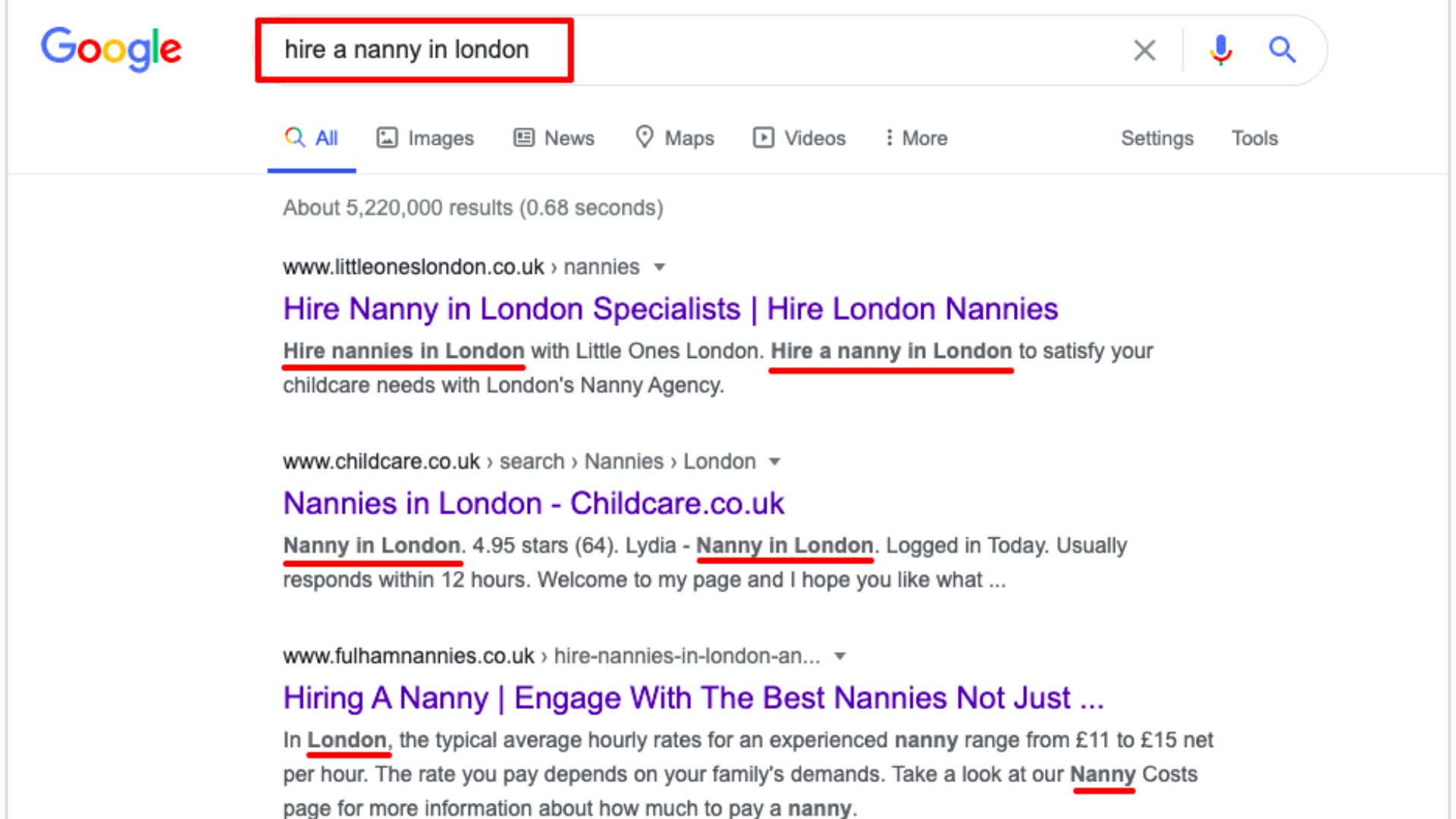Choosing the right fonts for your website design is crucial as it significantly impacts readability, user experience, and overall aesthetics. Here are some steps to help you choose the right fonts for your website:
- Consider your brand identity: Your chosen fonts should align with your brand identity and reflect your business’s personality and values. If your brand has a playful and fun image, you might consider using more decorative and whimsical fonts. Alternatively, for a professional and corporate brand, sleek and minimalistic fonts might be more appropriate.
- Prioritize readability: One of the fundamental aspects of font selection is readability. Ensure that the fonts you choose are legible and easy to read across different screen sizes and resolutions. Avoid overly decorative or complex fonts that can strain the eyes and make reading difficult. Sans-serif fonts like Arial or Helvetica are commonly used for on-screen readability, while serif fonts like Times New Roman are more suitable for print materials.
- Choose font combinations: Selecting complementary font combinations adds visual interest and hierarchy to your website design. Typically, it is recommended to use a combination of two or three fonts – a primary font for headings and titles, a secondary font for subheadings or captions, and a body font for paragraphs. Ensure that the fonts you choose have enough contrast to differentiate between different levels of text.
- Contrast and hierarchy: Consider the contrast and hierarchy of your font choices to guide the readers’ eyes and emphasize important content. Using varying font weights (such as bold or italic) or font sizes is an effective way to establish visual hierarchy and draw attention to specific elements. Experiment with different combinations to find the right balance that guides the user through your content.
- Test for different devices and browsers: Keep in mind that fonts can render differently on various devices and browsers. Test your font choices across different platforms to ensure smooth and consistent rendering. Web-safe fonts, such as Arial, Verdana, or Georgia, are reliably supported by most devices and browsers, while web fonts (served via third-party services like Google Fonts or Typekit) offer a wider range of options but may require additional loading time.
- Consider cultural and regional factors: If your website caters to a specific cultural or regional audience, be mindful of font choices that align with their preferences and conventions. Different languages and cultures may have unique typographic traditions, so conducting research or consulting with local design experts can help you make informed decisions.
Remember, font selection is a creative process that requires careful consideration. Take the time to explore different options, experiment with combinations, and seek feedback from users or design professionals to ensure your chosen fonts enhance your website’s visual appeal, readability, and overall user experience.










